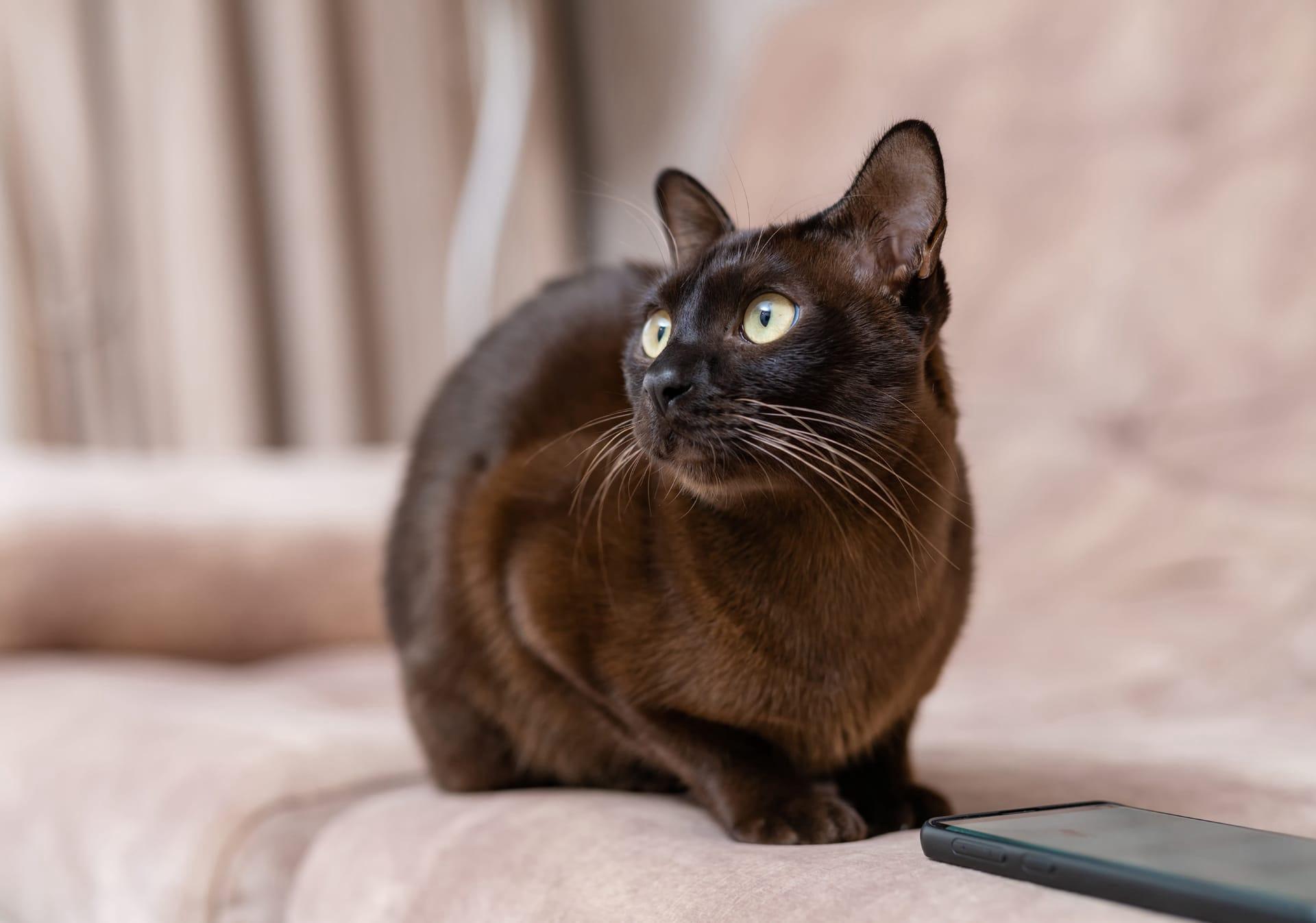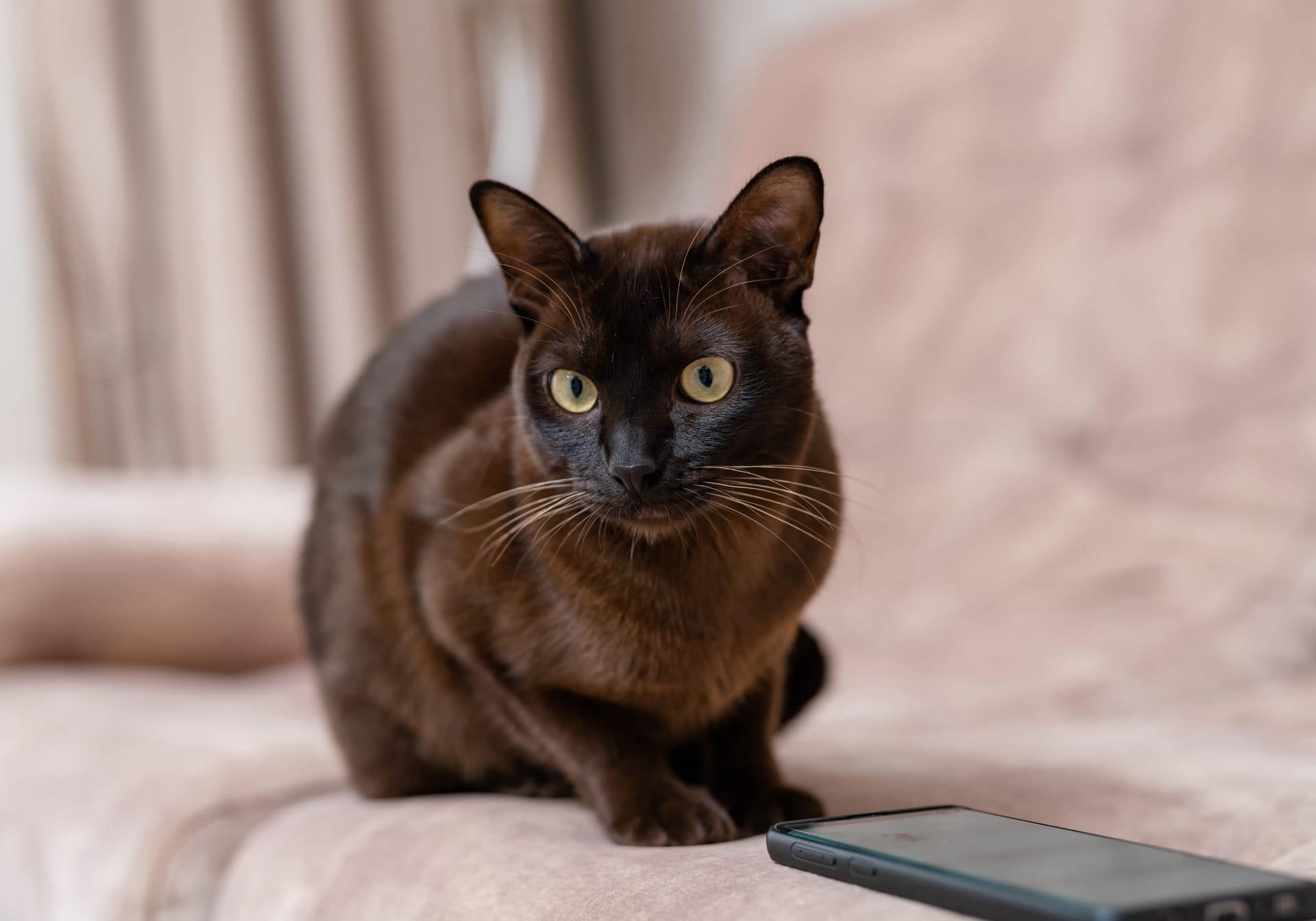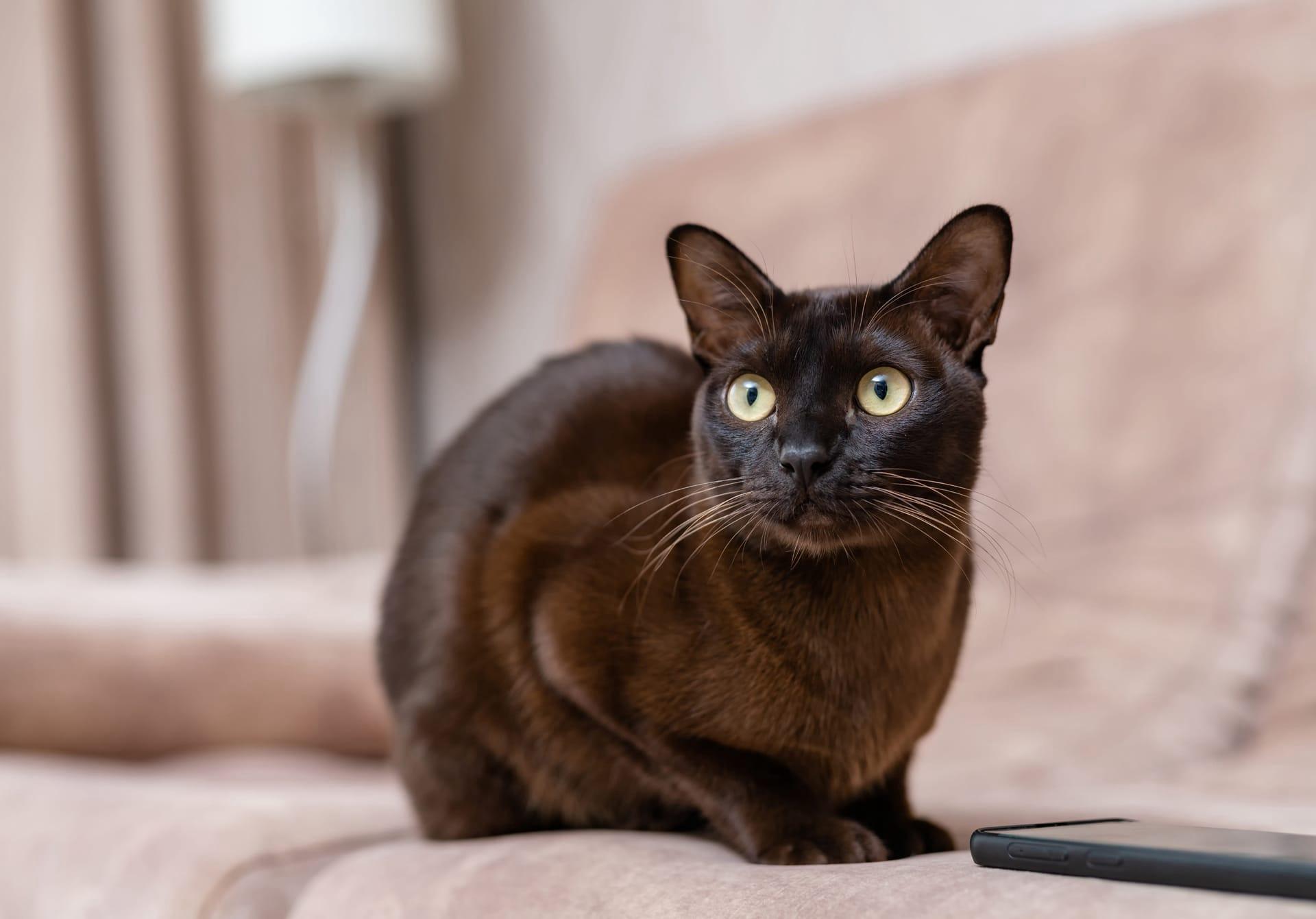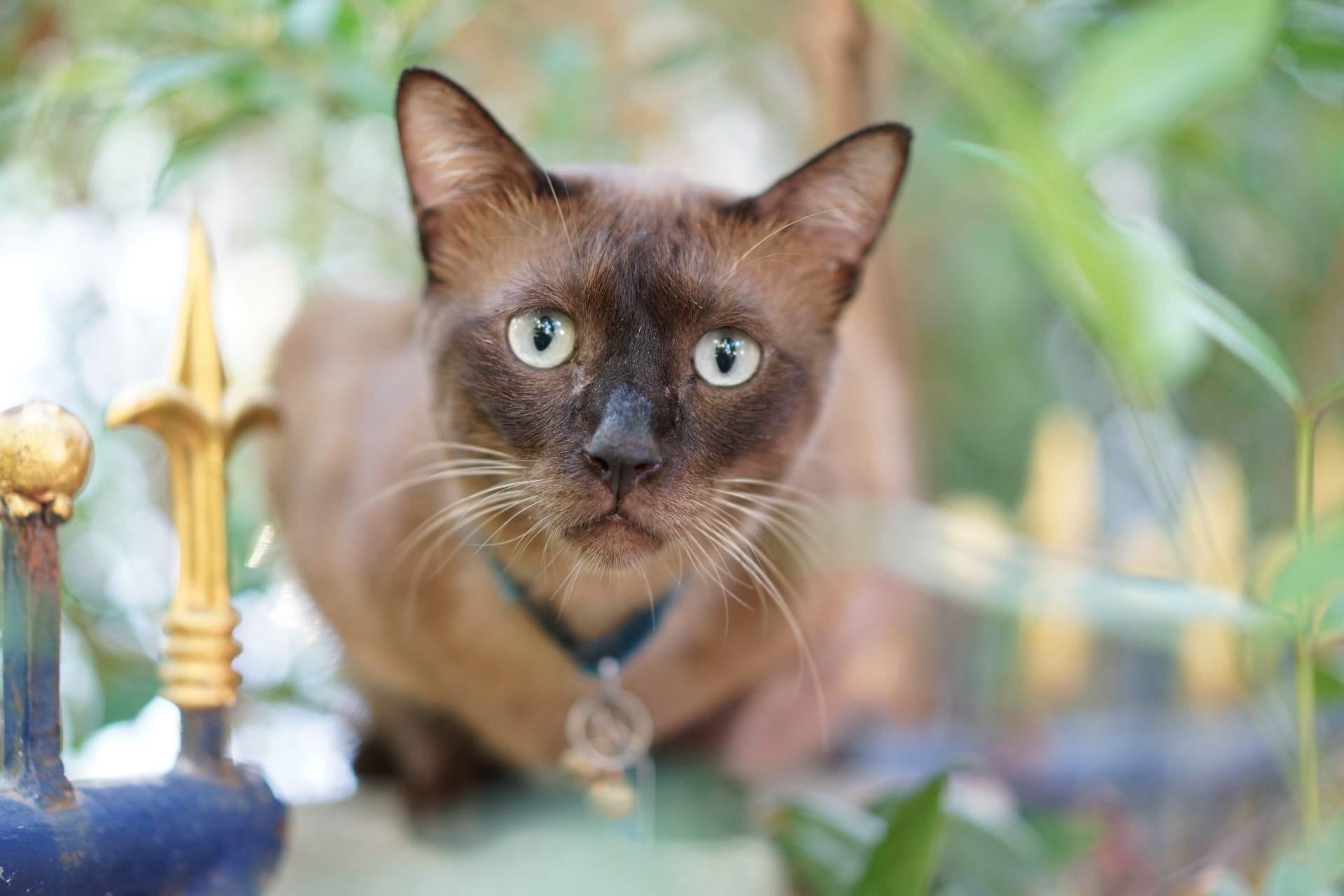Burmese Cat Characteristics
- Home /
- Mini Encyclopedia /
- Animal /
- Burmese Cat Characteristics
1
Burmese cats, known for their compact and muscular build, are medium-sized felines that captivate with their sleek, short coats and expressive, round eyes. Typically, they weigh between 8 to 12 pounds, with males generally larger than females. These cats possess a striking balance of strength and agility, reflected in their well-developed muscles and a sturdy bone structure. The lifespan of a Burmese cat is quite impressive, often living well into their late teens or early twenties with proper care and nutrition. Their coats come in a variety of colors, including sable, champagne, blue, and platinum, each deep and rich in hue, adding to their elegant appearance.
The most distinctive organ of the Burmese cat is its eyes. The large, round, and luminous eyes are not just a window to their soul but serve a critical role in their night-time activities. These eyes are highly adapted to low light conditions, allowing Burmese cats to see in near darkness. The tapetum lucidum, a reflective layer behind the retina, enhances their ability to capture and utilize minimal light, making them exceptional hunters during dusk and dawn. This adaptation not only highlights their predatory efficiency but also adds to the mystique of their appearance, giving them a captivating and mesmerizing gaze.

2
Question: What is the most common health issue in Burmese cats, and how can it be identified?
Answer: The most common health issue among Burmese cats is Hypokalemia, a condition characterized by low potassium levels in the blood. This can lead to muscle weakness, which is often most noticeable in the neck muscles, causing a distinctive head droop. Owners may also observe their Burmese having difficulties in walking, climbing, or jumping. Hypokalemia can be diagnosed through blood tests, and treatment typically involves dietary supplements and a diet rich in potassium. Early detection and management are crucial to prevent long-term damage and ensure the cat leads a healthy, active life.

3
Burmese cats are known for their playful and energetic nature, often displaying a kitten-like demeanor well into adulthood. Their movement is characterized by grace and agility, with a propensity for climbing and exploring their surroundings. This breed enjoys interactive play, engaging in activities that stimulate their physical and mental abilities. They are particularly adept at learning tricks and enjoy games that involve fetching or puzzle toys that challenge their intelligence.
When it comes to feeding, Burmese cats have a hearty appetite, reflecting their active lifestyle. They thrive on a balanced diet that supports their energy needs and muscular build. High-quality cat food, rich in protein, is essential for their overall health and well-being. Portion control is important to prevent obesity, especially since they can be quite persuasive in asking for treats. Regular feeding times and monitoring their intake can help maintain their optimal weight and support a healthy lifestyle.

4
The ideal living environment for a Burmese cat is one that provides both security and stimulation. While they adapt well to indoor living, they appreciate access to safe outdoor spaces where they can indulge their curiosity and explore. Their social nature means they thrive in environments where they receive plenty of attention and interaction, whether from humans or other pets. A home with toys, climbing structures, and spaces to explore can help keep them entertained and physically active.
Burmese cats are known for their strong reproductive instincts and can have multiple litters per year if not spayed or neutered. They reach sexual maturity relatively early, around five to seven months of age. Litters typically consist of four to six kittens, which are born with a much lighter coat that darkens as they mature. Responsible breeding practices are important to maintain the health and genetics of the Burmese breed, including health screenings for common genetic conditions and ensuring a good match between parents.

5
Book: "The Complete Guide to Burmese Cats" is an essential read for anyone looking to understand the Burmese breed more deeply. Written by renowned feline expert Dr. John Smith in the United States during the late 1990s, this book delves into the history, characteristics, and care requirements of Burmese cats. Smith's comprehensive guide covers everything from the breed's origins in Myanmar to their development and popularity in the West. It also provides practical advice on nutrition, health care, and behavioral training, making it an invaluable resource for both prospective and current Burmese cat owners.
Book: "Burmese Cats: A Legacy of Elegance" by British author Elizabeth Clarke, published in the early 2000s, offers a captivating look at the cultural significance and luxurious allure of the Burmese cat. Clarke's narrative explores the breed's evolution, its status as a symbol of elegance and grace, and its impact on art and society. The book features stunning photographs and personal stories from Burmese cat owners, highlighting the unique bond between these cats and their human companions. Clarke's work is a testament to the enduring charm and beauty of the Burmese cat, celebrated through the ages.